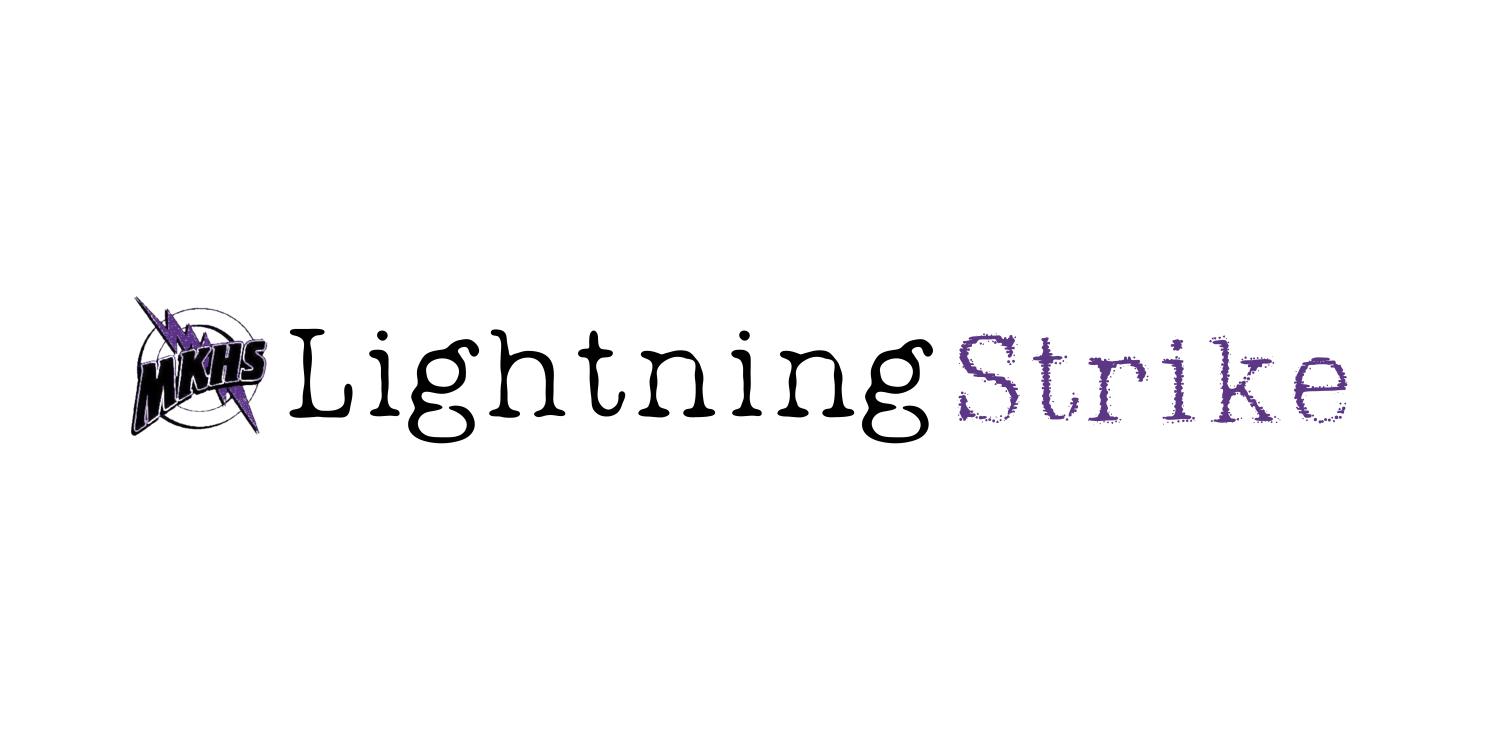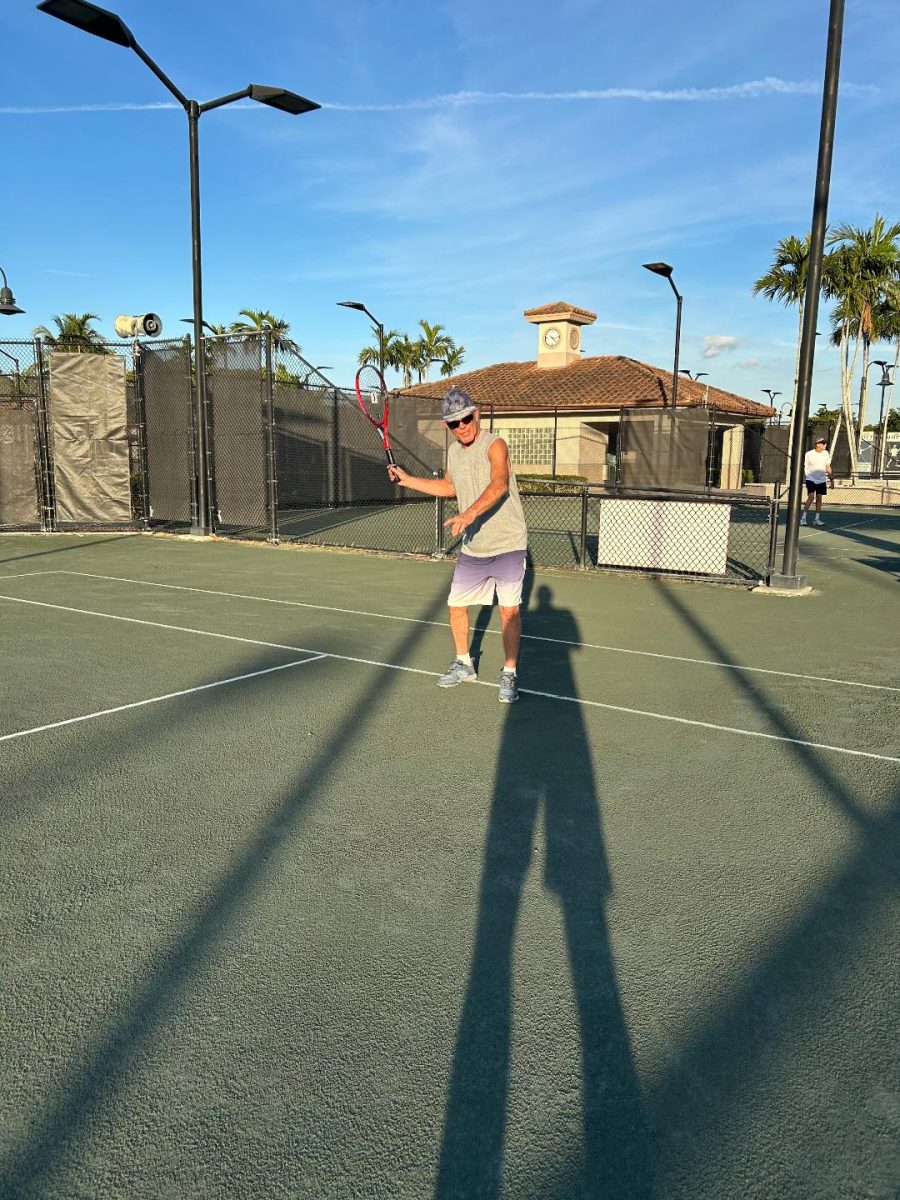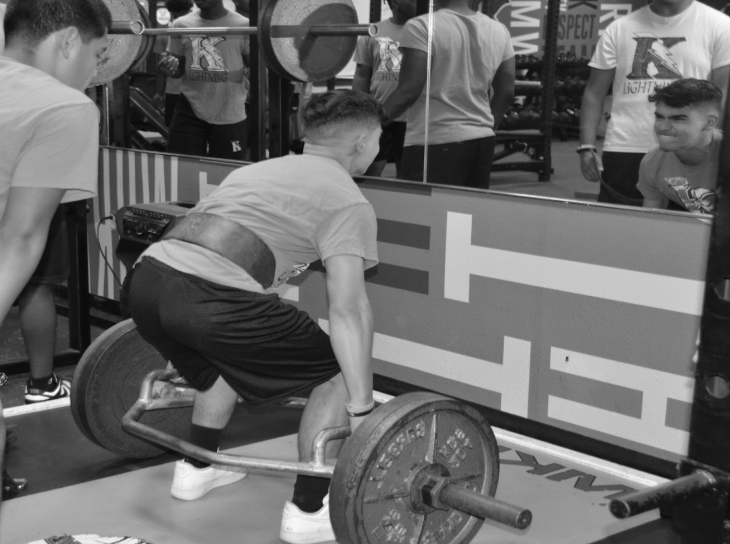Labs are filled with experiments, allowing students to dive into projects in subjects like Biology, Chemistry and Anatomy.
Science teacher Lolithia Otero’s AP Biology class participated in an experiment where students investigated how different environmental factors affect an enzyme reaction.
“This experiment really helps students get a deeper meaning of reactions in science,” Otero said.
In this experiment, students observed the effects of their chosen variables on the rate of reaction. For instance, students tested how temperature changes influenced the bubbling reaction when yeast and hydrogen peroxide were mixed while others focused on adjusting the pH levels to see how that impacted enzyme activity.
Students had to choose which variable they wanted to test such as temperature, pH or substrate concentration. They used yeast as their source of the enzyme catalase. By testing how different conditions affect this reaction, students can learn more about how enzymes work and how they are affected by their surroundings.
In Anatomy teacher Lisa Berner’s classroom, experiments are also taking place. Students will be working with dissection instruments, acids and bases, microscopes, small motors and breadboards. Students will focus on practicing their dissection skills, which is super important for understanding human anatomy. Working with dissection instruments is crucial to really learning about the human body.
“Science is meant to be learned through hands-on experiences, while collaborating with peers,” Berner said.
Berner said students will get to explore science in a way that’s active and engaging. Her Anatomy students will be using real animal organs during dissections to observe structures and functions directly. Additionally, students will work in teams, which allows them to discuss their findings and improve their understanding of anatomical concepts.
“I enjoy when we get to do hands-on labs in science because it helps me understand the subject more,” junior Lucia DeJesus said. “Science isn’t easy but when we do labs I get a better understanding of the things going on in class.”
Science teacher Eden Assraf’s Chemistry students are learning about chemical and physical changes. Assraf created a lab to help students develop a visual representation of the different physical and chemical changes that go on in their everyday lives and how to identify the difference between the two.
“I loved the tables used for labs and it was fun using the hot plate,” freshman Kaylani Davis said. “We got to experiment with new elements and saw how they reacted with each other.”
The experiments make science learning dynamic and impactful. By exploring real world problems, students not only understand complex concepts but also experience the excitement of discovery.





























